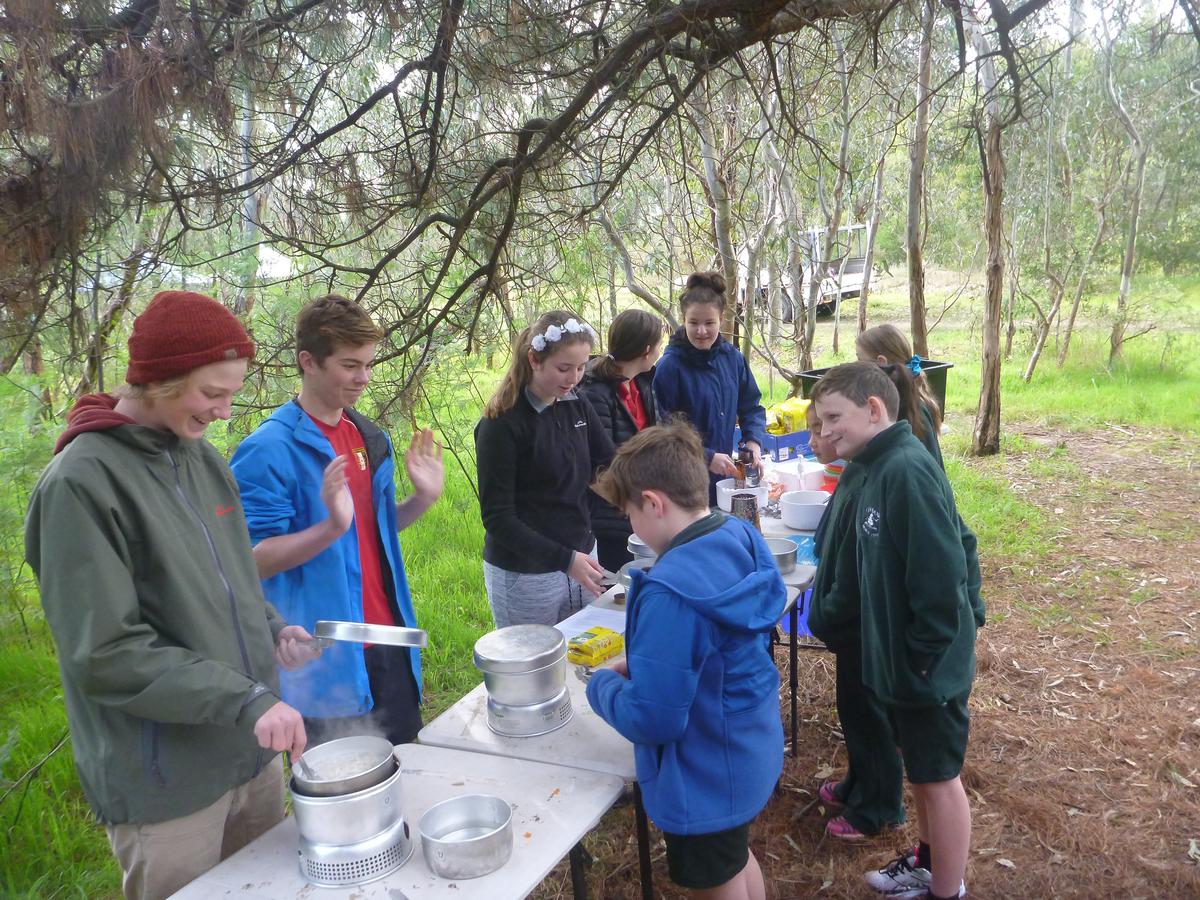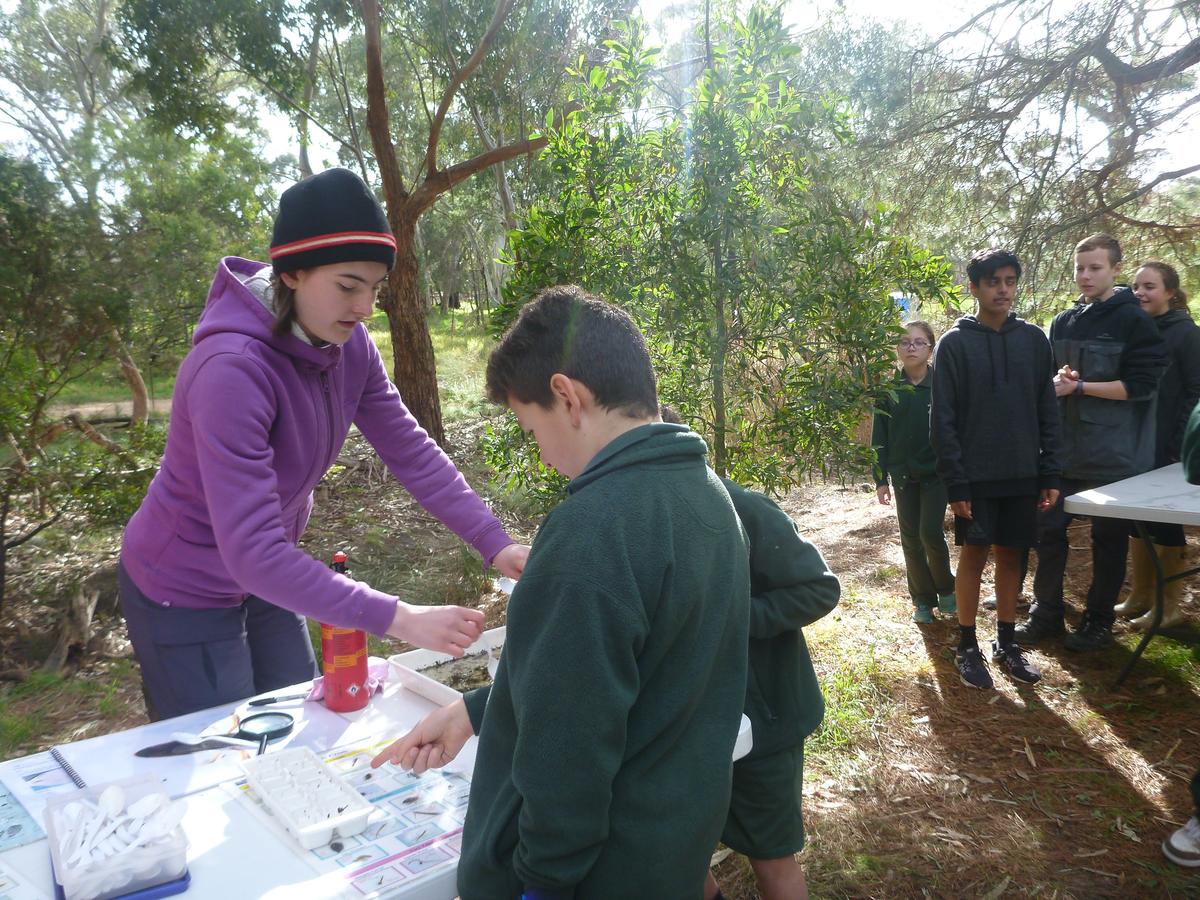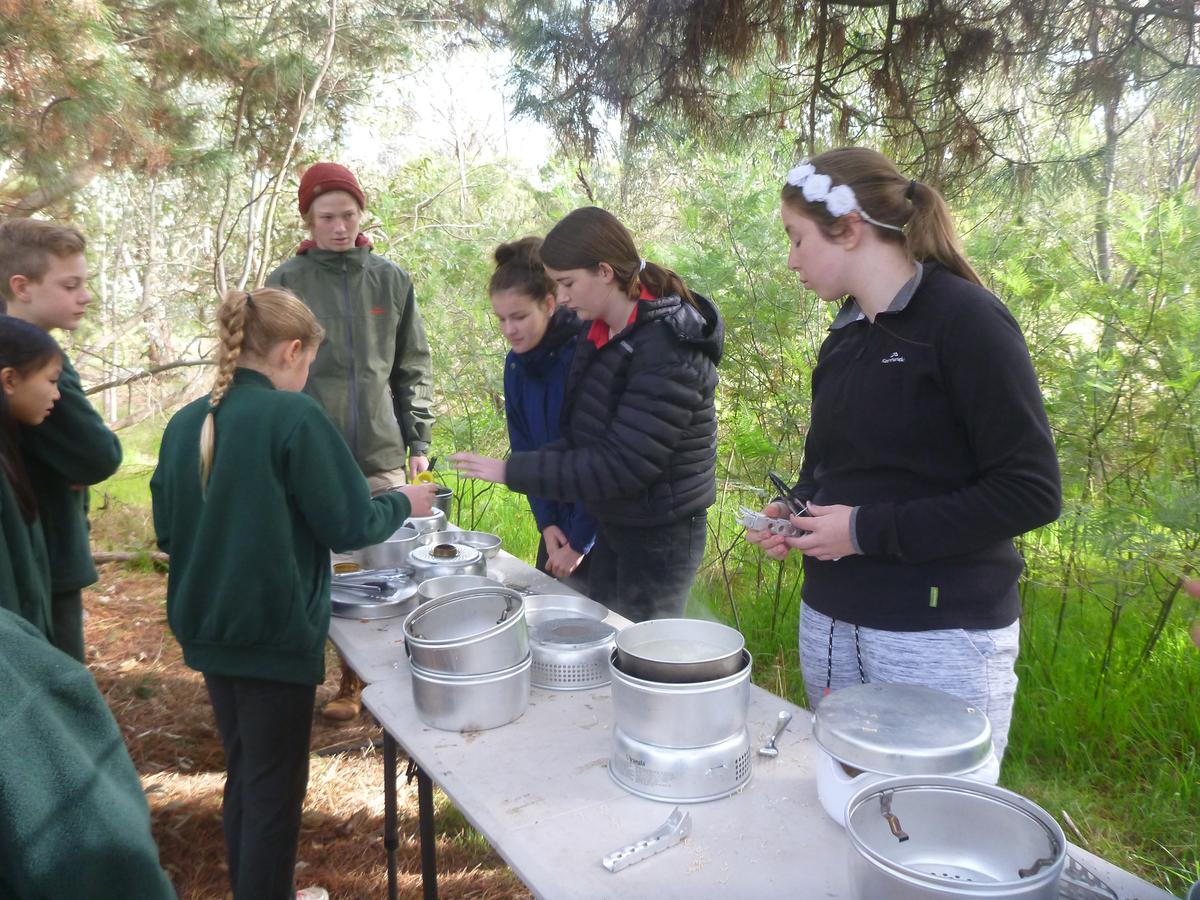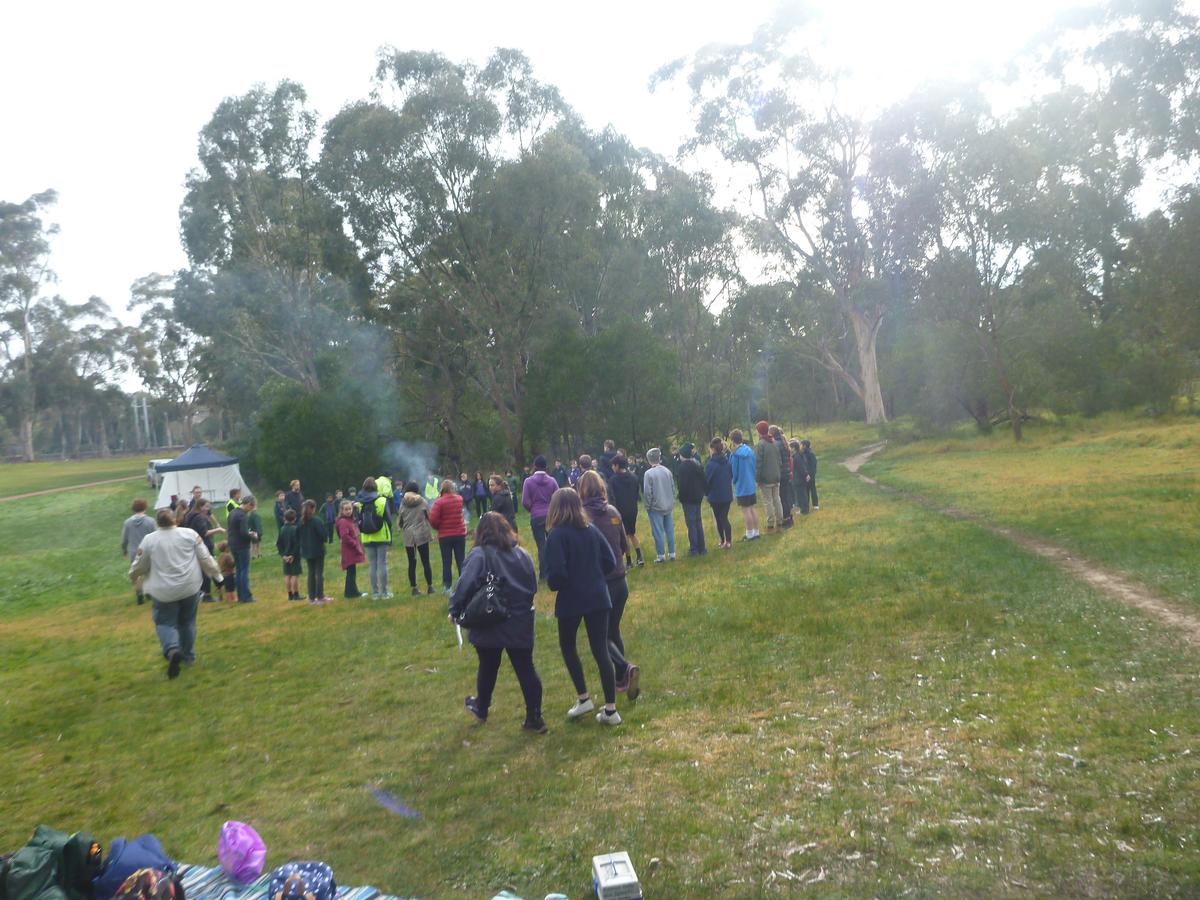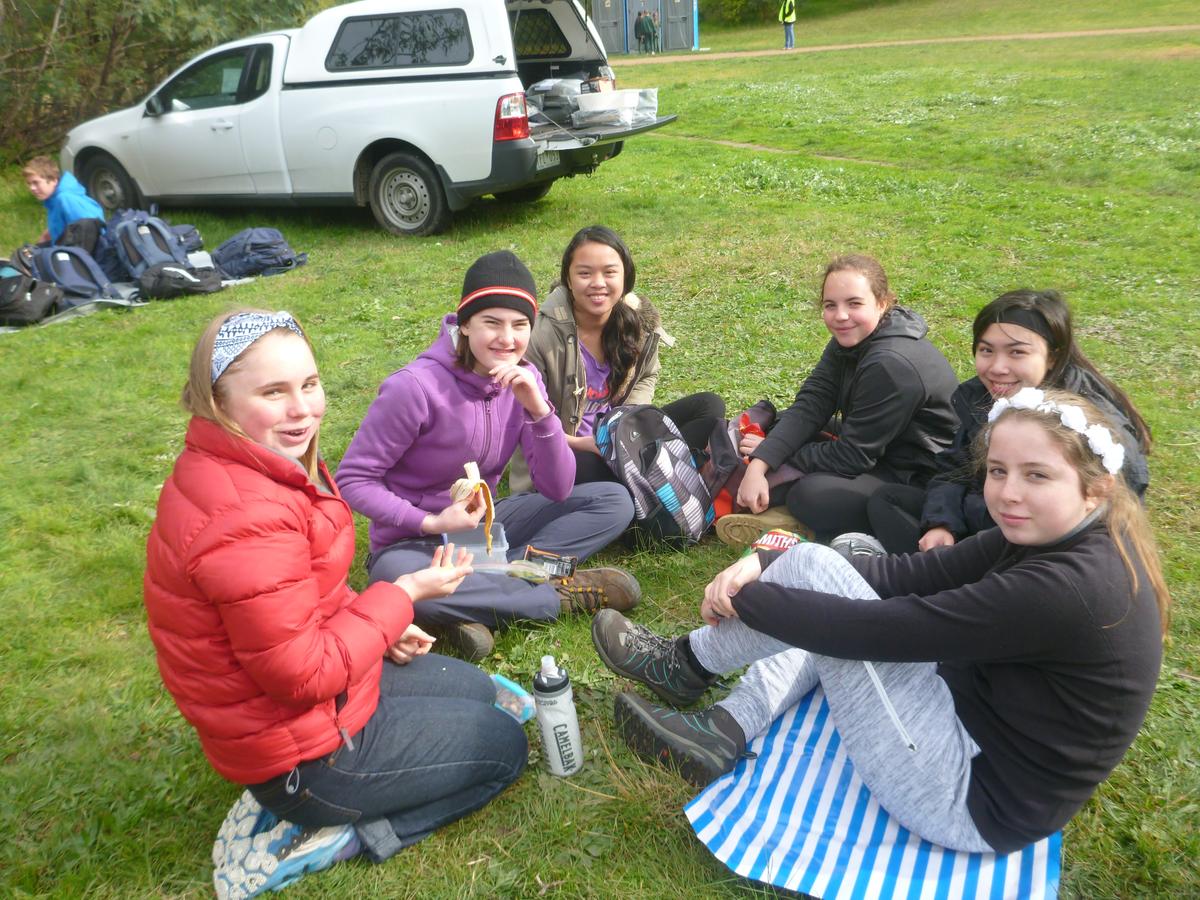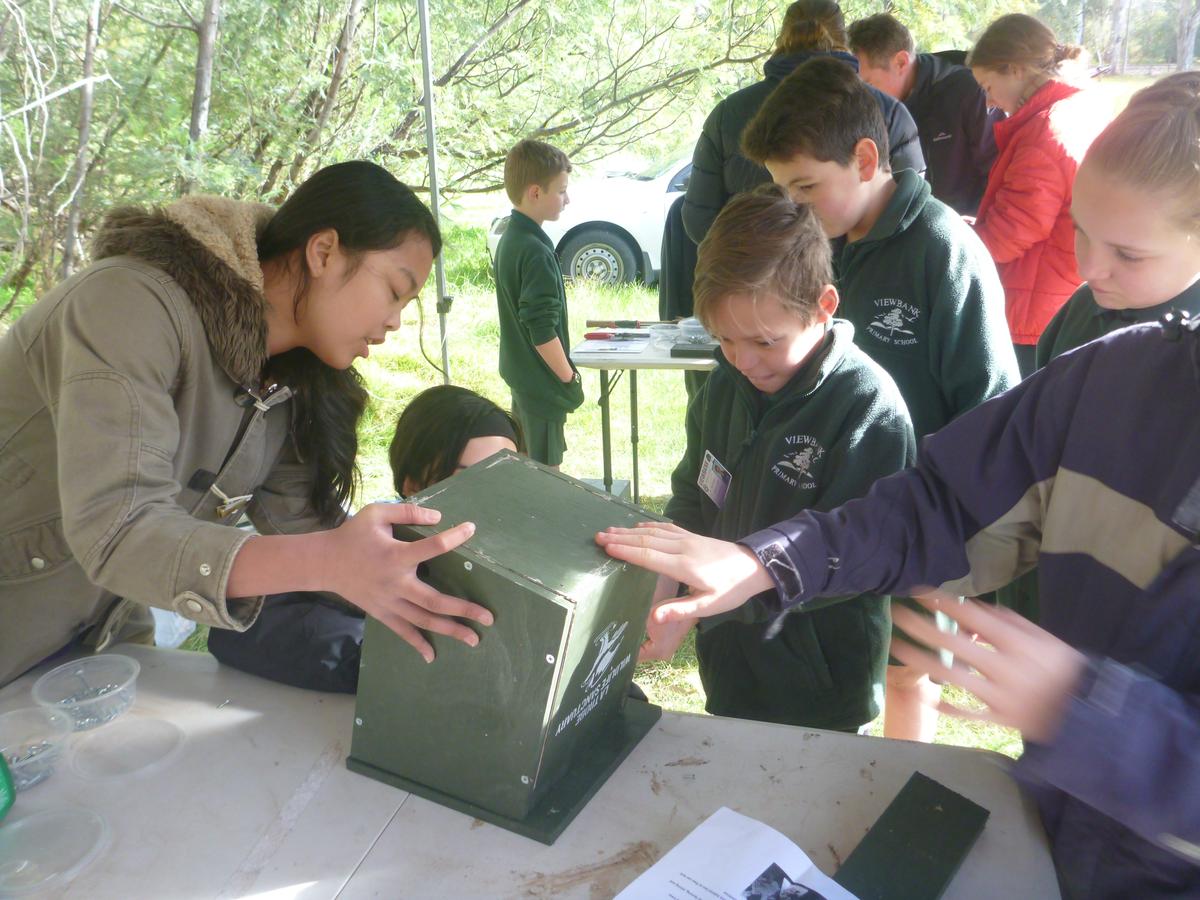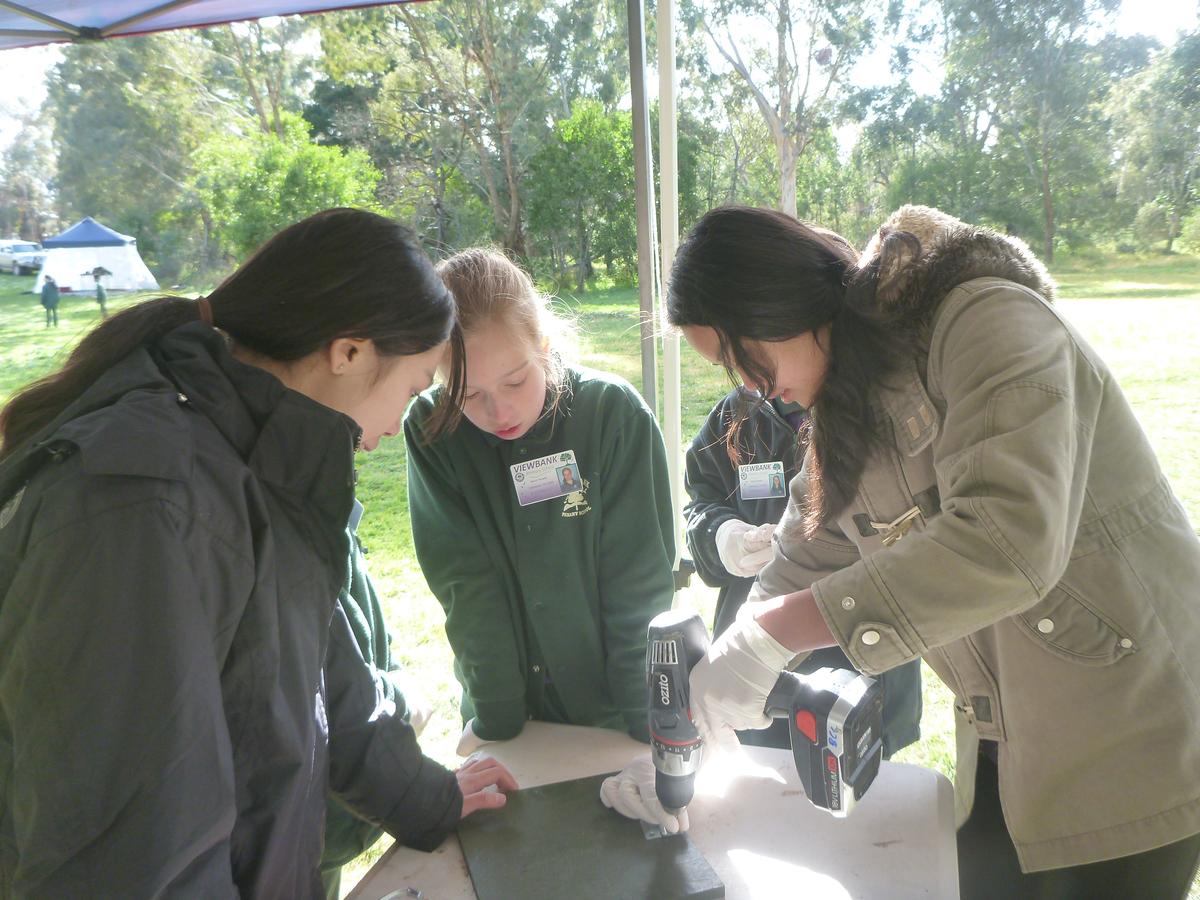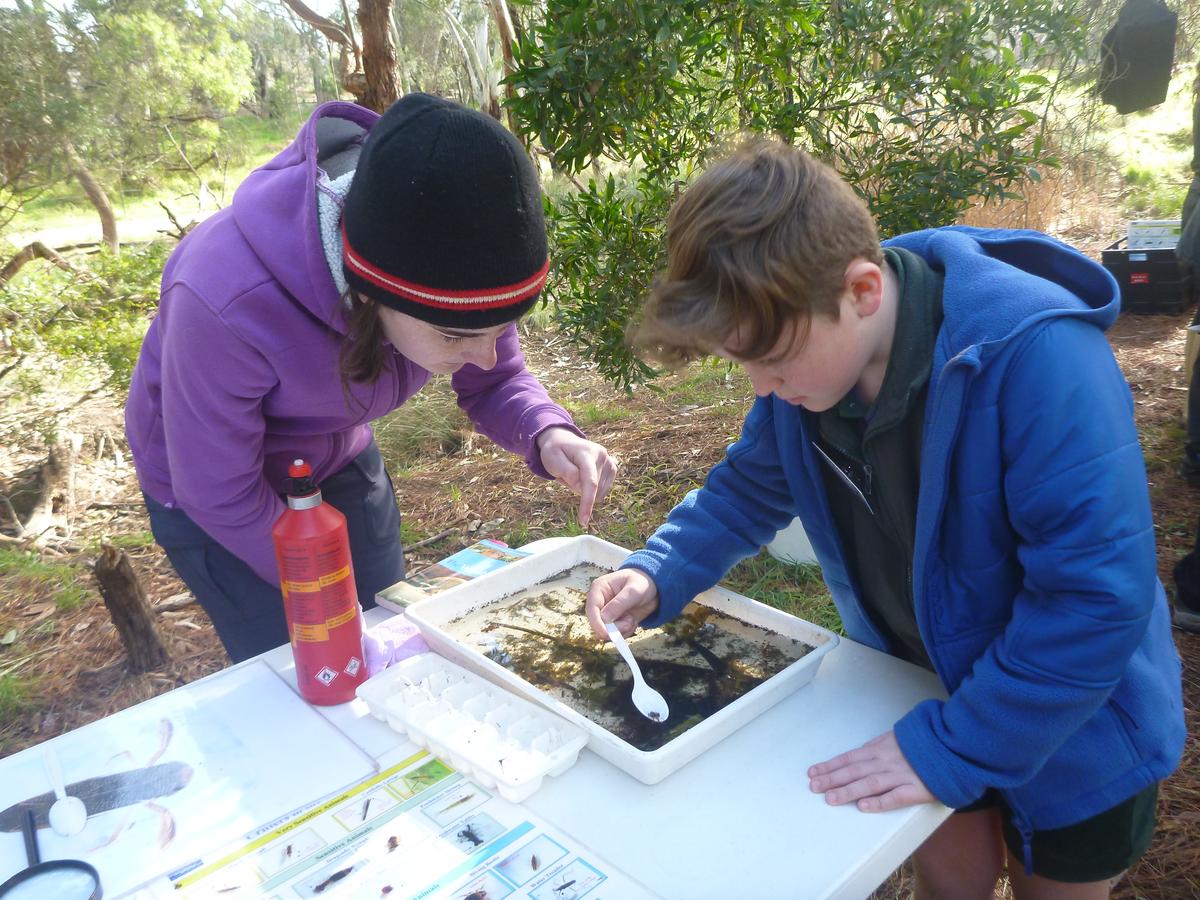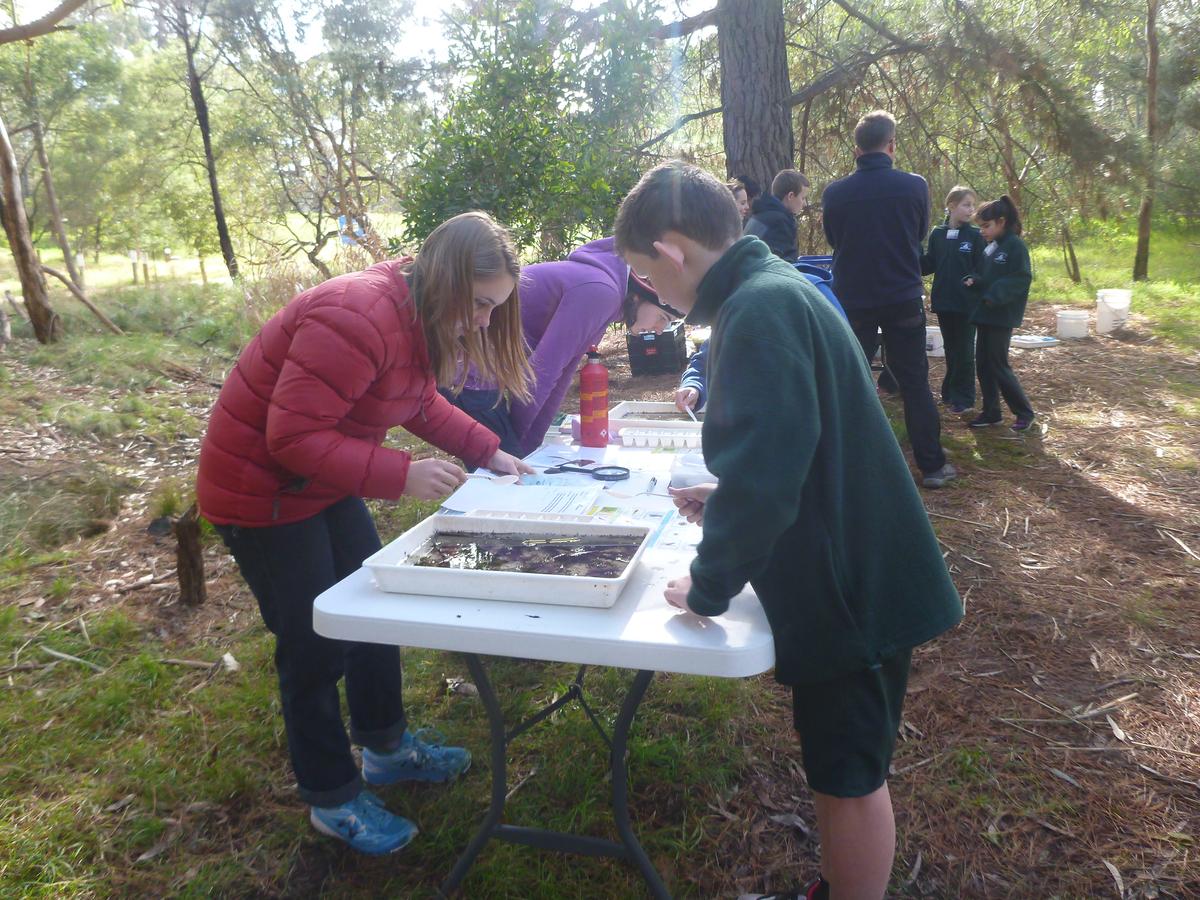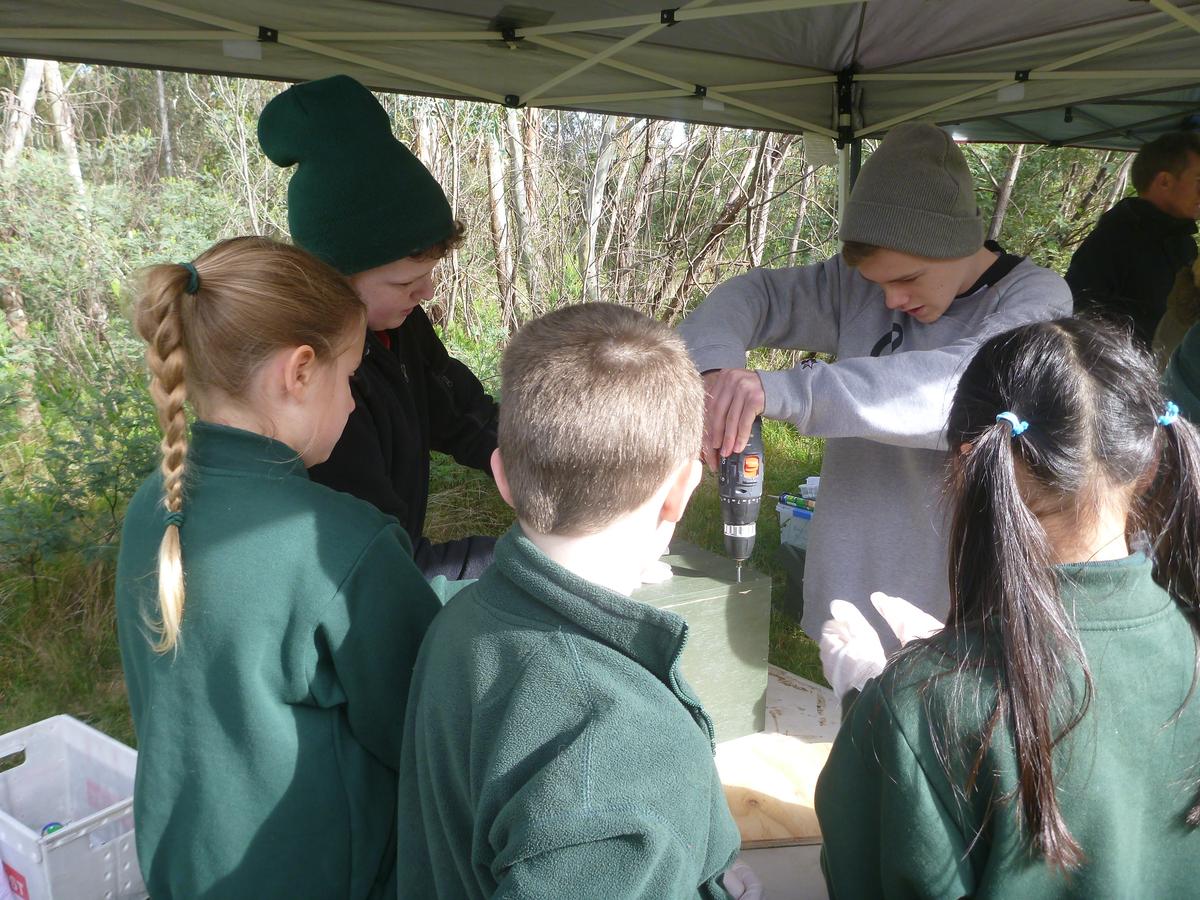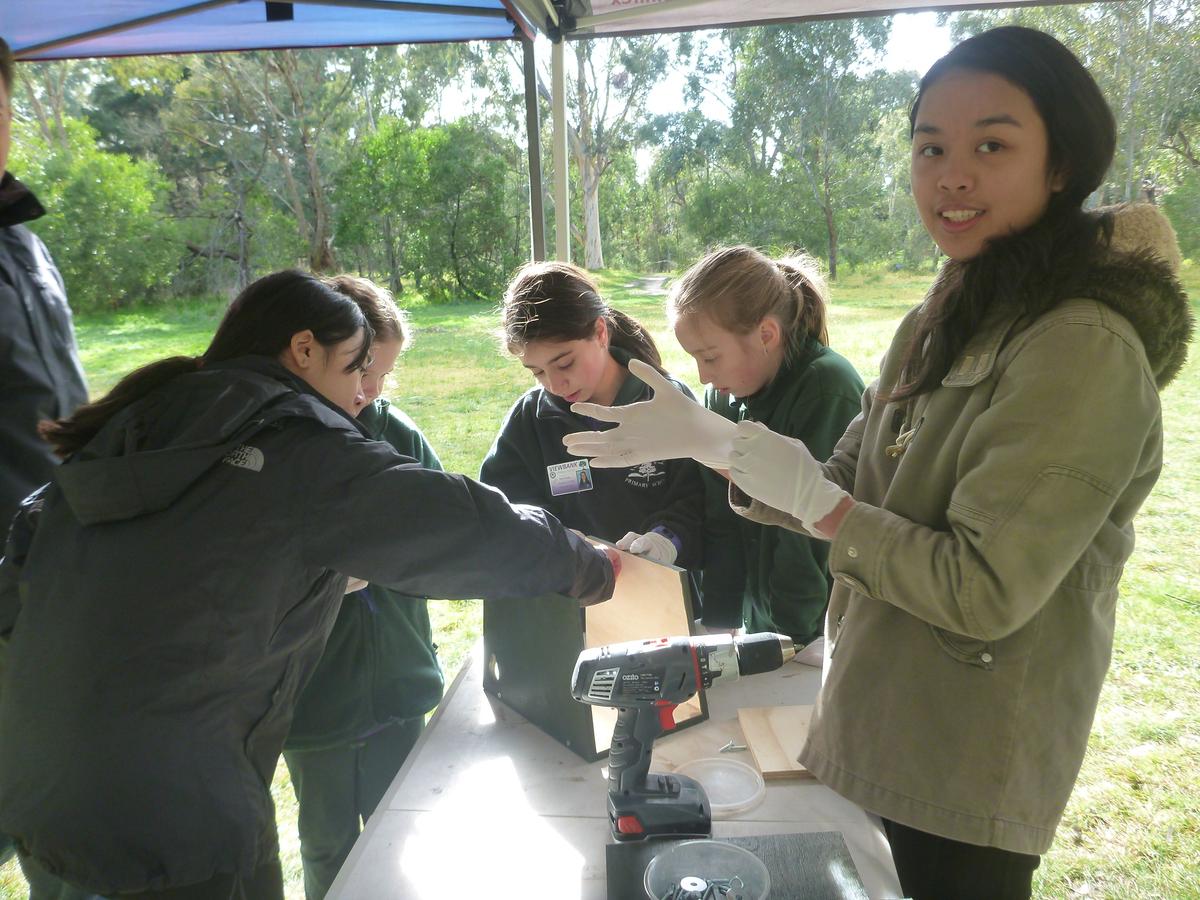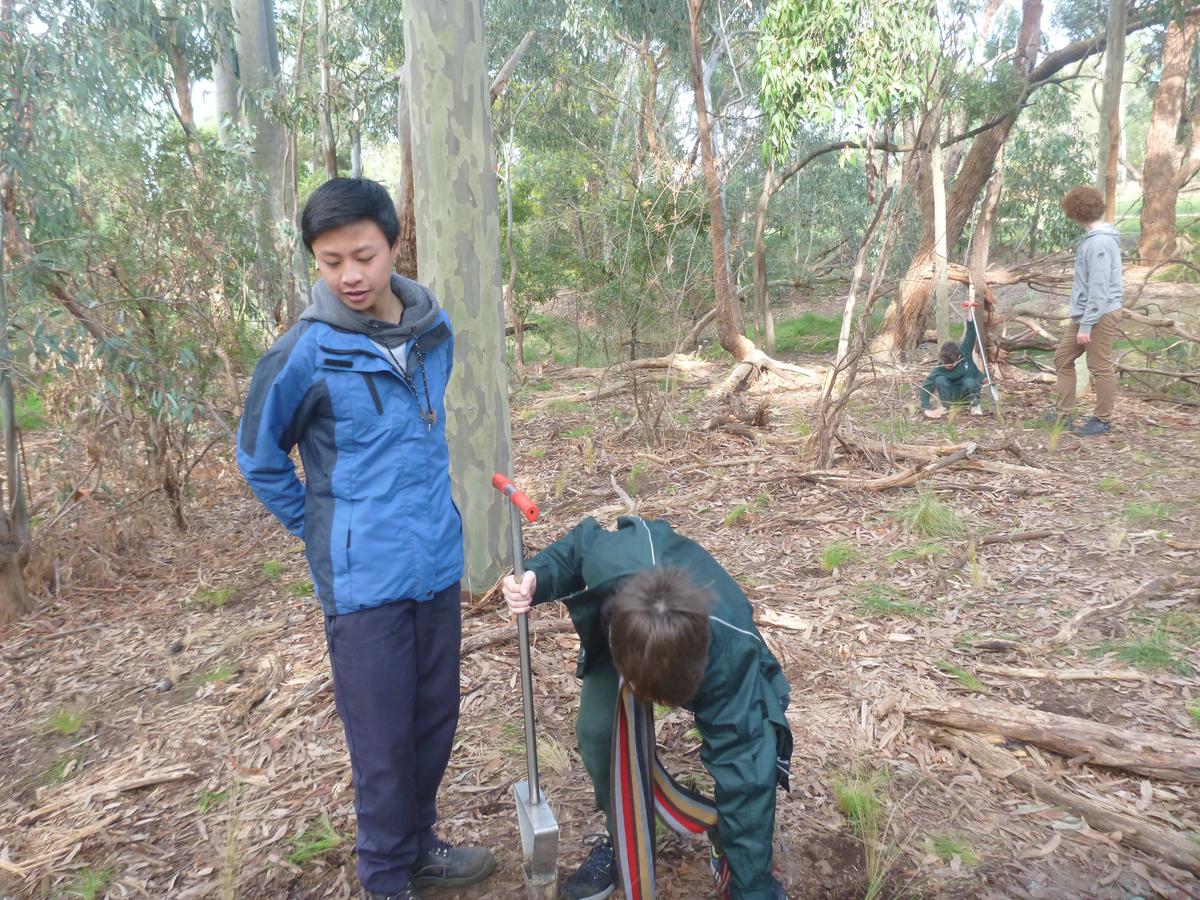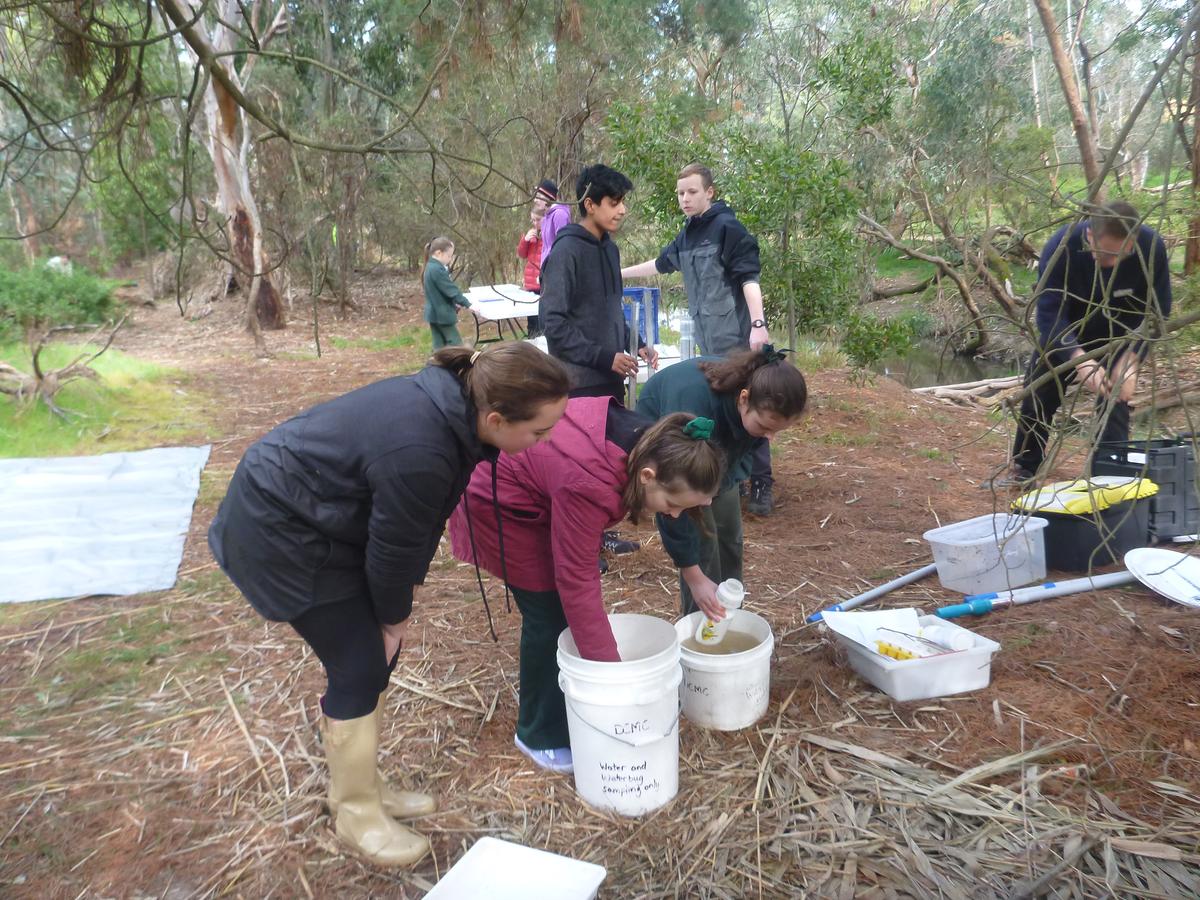water and wildlife
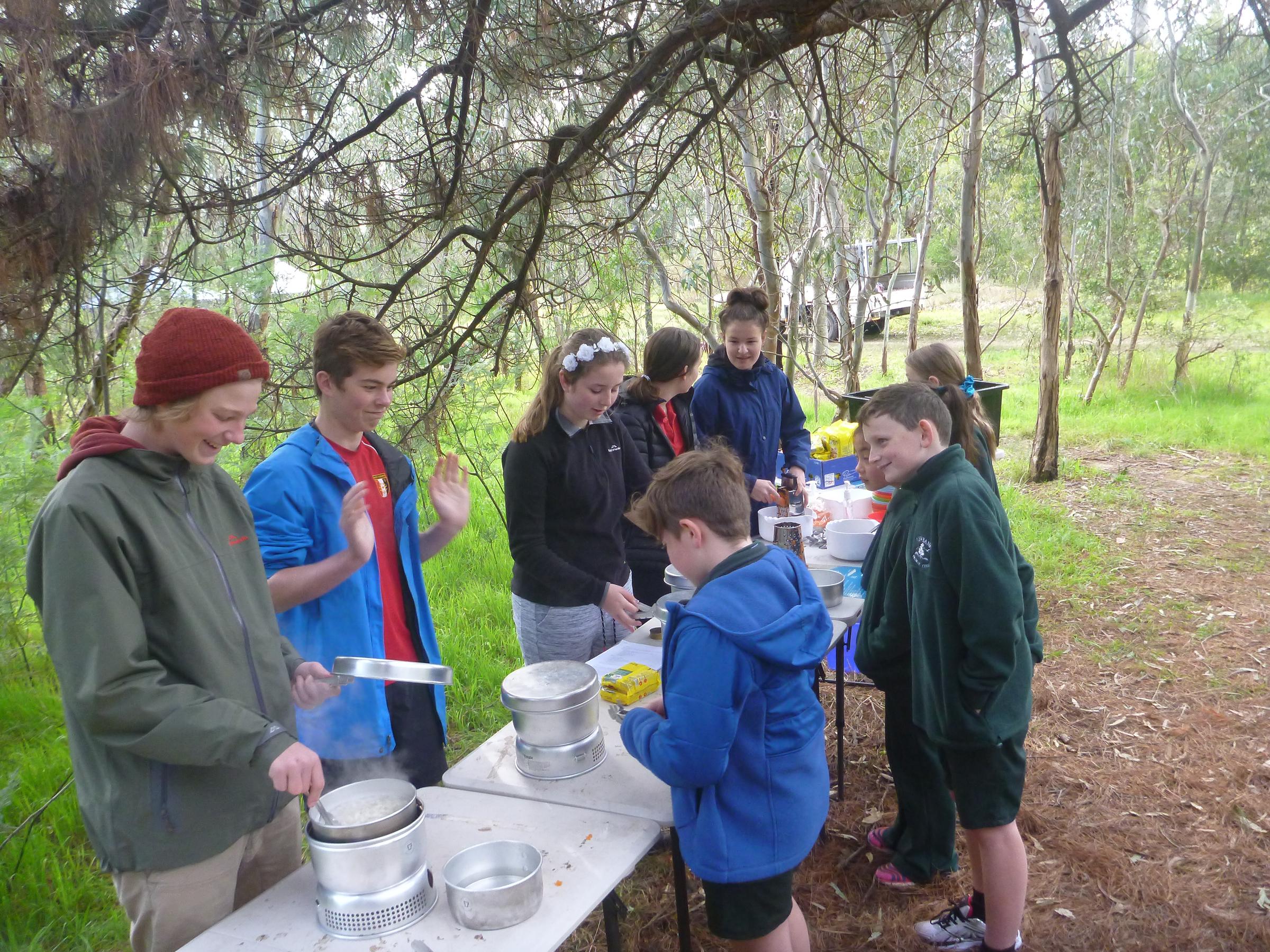
Wildlife Corridors Program
Written by Year 9 Bushwhacked Class 2017
The Year 9 students from bushwhacked completed a Wildlife Corridor Program in Rosanna Reserve and Palter Reserve. This wildlife program was to educate young children about the great outdoors and how we can use limited resources to complete tasks and leave minimal impact behind. Teaching to cook on trangia stoves was enjoyable - but rather upsetting because we didn't get to eat any of the noodles! The primary school students were rather unattentive at the beginning of the activity - likely distracted by the prospect of food! After the students had their noodles, they found it much easier to learn. We found that the activity worked better if we each spoke to individual students, rather than conduct it as a class. We spoke to them about why we were cooking on trangias instead of an open fire, as well as the safety risks involved with using a gas flame.
Another activity that we participated in was revegetation - we helped children (between the ages of 3 and 6) with planting and establishing the flora for native animals. By the end of the day, we had planted more than 200 plants - an amazing achievement! In a few years the area will be covered in flora which will provide new homes and food for the local fauna.
Each school group was a different challenge to teach. All the children had different personalities and while some would listen others simply could not! The children learned best when they had fun and with their friends instead of being separated and not talking at all. However, when they were with their friends they would not listen. It was a challenge figuring out which group would react to each different way we taught. By changing the way we were teaching to suit the group, in the end the children always had fun.
BSC Students ran four activities and one of these was Water Watch. This activity that was taught in two parts. The first part was to identify different types of water bugs in a tub of water from a creek that has healthy, clean water. We also had a diagram that showed common bugs that could be found in the area, so that the children could refer to it. On this diagram the bugs were separated into 'tolerant' and 'sensitive'.
The second part of Water Watch was to determine the turbidity of the water. The water from the creek was poured into long tubes with symbols of waves at the base. We added water until the waves could barely or no longer been seen. - and the lower the water level the higher the turbidity. The primary school students engaged well with the secondary students and were interested in Water Watch.
The students of Brunswick Secondary College really enjoyed teaching - but we felt very exhausted by the end of the day!

